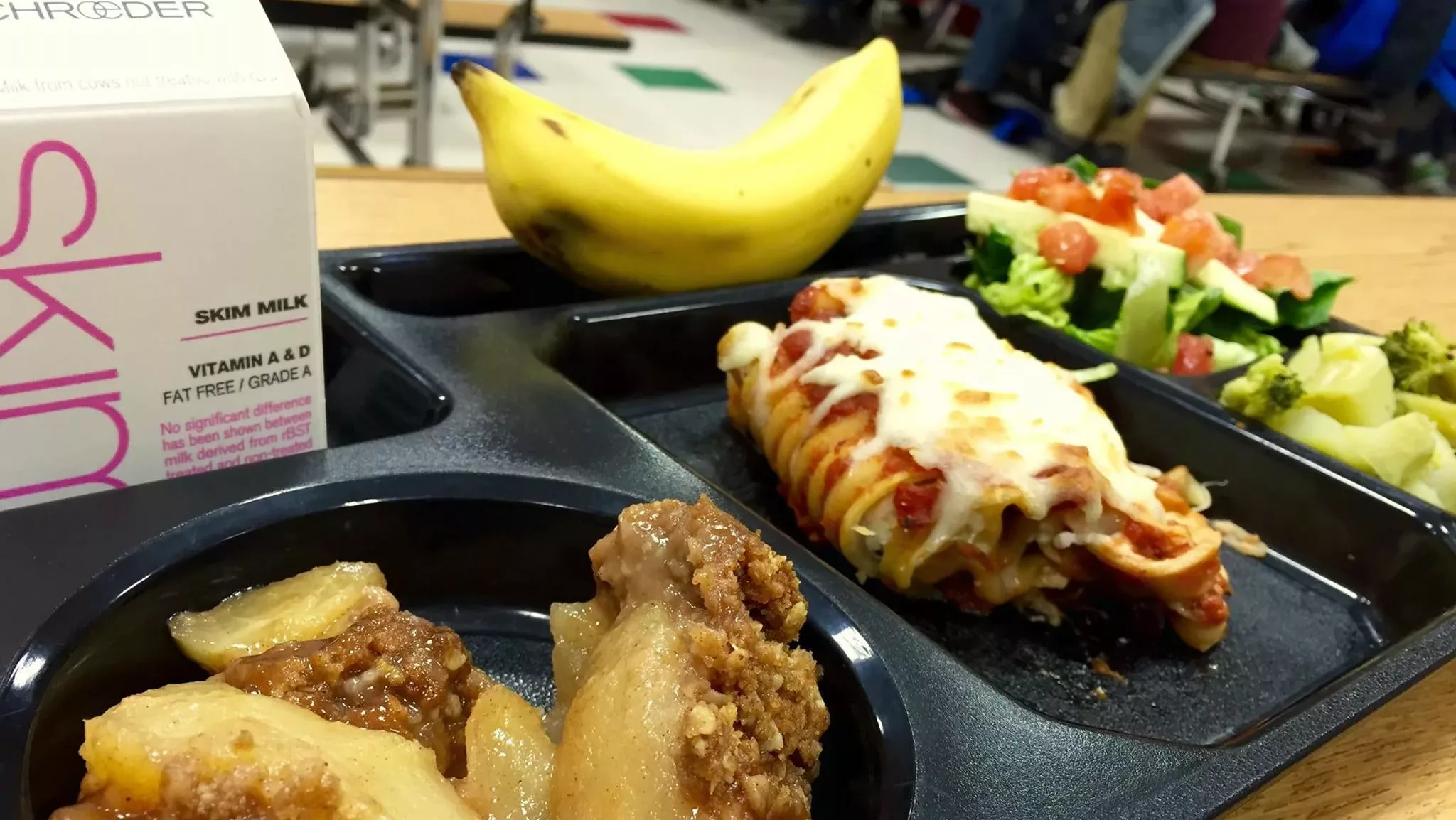By Natasha Vo, MD
As the summer is starting to come to an end and school is about to begin, preparing school lunches is about to be a daily occurrence. We learn about the food pyramid and know about having a good balance between vegetables, fruit, meat, dairy and carbohydrates, but let’s dig a little deeper into the importance of having more high protein foods in lunch for children during the school year.
Protein is an essential macronutrient alongside carbohydrates and fats that our body needs for fuel and function. The main role of protein is for building and repairing tissues, which includes muscles, skin, organs and hormones. Protein is made up of 20 different building blocks called amino acids and 9 of those can only be obtained through food.
There are many reasons why protein is such an important food item in our daily diet. It is essential for muscle growth and repair, especially for those who are athletes or perform daily activities that require energy. It is integrated into the body’s enzyme and hormone production as well as impactful for the function of our immune system. Our hair, skin and nail health are dependent on protein. It is involved in many parts of the function of the human body, which is emphasized even more why we should focus more on it in our diet.
Now, why is this important for kids? From infancy to adulthood, children are in a stage of rapid growth and development. They are actively forming new muscle, bone, skin and organs. As a child grows, the body is continuously expanding and protein establishes that growth in a strong and healthy way. Not only is protein impactful for growth and development, but it is essential for building a stronger immune system and brain development. Protein is used to create antibodies, which help children fight off and protect against infections. They are involved in the production of neurotransmitters that are essential for brain signaling and function, making an impact on memory, learning and focus. With this knowledge, there is a greater need to include the appropriate amount of protein during school-age children.
There can sometimes be signs that a child is not consuming enough protein. They could have poor weight gain and slowed growth, experience more frequent illnesses, have less energy and feel more fatigued or have delayed wound healing. Sometimes there are physical signs of low protein in the diet including thinning hair or brittle nails. Thus, make sure you pack some foods in their lunch that are higher in protein!
According to USDA, this is a minimum amount of protein needed per day for each age group. Active children such as athletes or those going through a growth spurt may need more.
Age Group | Protein needs per day |
1-3 years | ~13 grams |
4-8 years | ~19 grams |
9-13 years | ~34 grams |
14-18 years (girls) | ~46 grams |
14-18 years (boys) | ~52 grams |
Here is a list of good sources of protein for kids.
- Animal-based: eggs, chicken, turkey, fish, dairy (cheese, milk, yogurt)
- Plant-based: beans, lentils, tofu, nut butters, whole grains such as quinoa
For those who have picky eaters, try hiding the protein in sauces or baked goods such as using lentil pasta or adding Greek yogurt or cottage cheese to pasta dishes. Making the dishes more entertaining and fun can encourage a child to eat. This can be done by making meat and cheese sushi rolls or protein pancakes with cottage cheese or more eggs. Cottage cheese is a source of protein that can be used diversely in different types of food, which can be savory or sweet. Making dips or dressing yogurt-based or using peanut butter can add a little boost of protein to the meals. Smoothies are also another easy trick to hide protein and nutrients into a child’s diet.
This school year pack some protein into your kid’s lunch. You may want to think about improving the meals you eat as well! When we eat better, we grow and feel better. Try taking some small steps towards adding some protein into the diet!
Here’s a fun quick and easy high-protein breakfast recipe that’s kid friendly
Protein Pancake Bowl
Ingredients
- ½ over-ripe banana, mashed
- ⅓ cup egg whites
- ½ cup Kodiak Buttermilk Power Cakes mix
- ⅛ tsp cinnamon, optional
Optional Topping Ideas: berries, slices banana, nuts, nut butter, maple syrup, greek yogurt, hemp hearts, cottage cheese
Instructions
- Position oven rack to the middle and pre-heat to 350 F.
- Add banana and egg whites to your oven-safe glass bowl. Use a fork to whisk until combined.
- Add pancake mix and cinnamon. Stir until combined and smooth, being careful not to overmix. If you’d like any toppings baked in (berries, chocolate chips, sliced banana), you can add them here. Or, add right before serving.
- Transfer to the oven. Bake for 18-22 minutes or until the top is set and the pancake is cooked through. Your pancake bowl is ready when a toothpick inserted into the center comes out mostly clean.
- Let your pancake bowl rest for 5-minutes. Be careful because the glass may be hot to the touch. Then add toppings and enjoy!
Dr. Vo is a physician at Allina Health United Family Physicians, 233 Grand Ave, St. Paul, 55102, 651-241-5200.








Leave a Reply